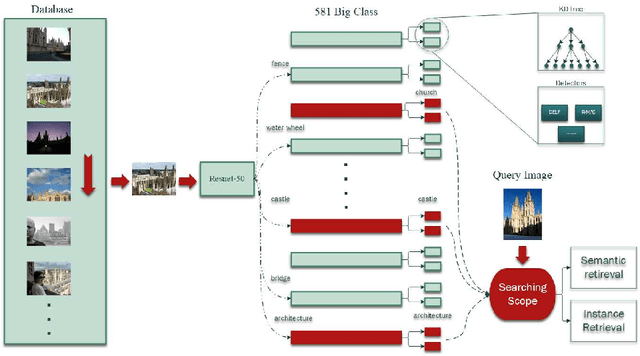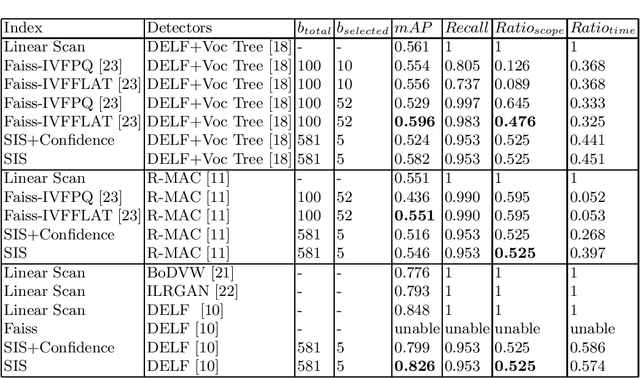Lizhong Gao
Enhancement of 3D Gaussian Splatting using Raw Mesh for Photorealistic Recreation of Architectures
Jul 22, 2024Abstract:The photorealistic reconstruction and rendering of architectural scenes have extensive applications in industries such as film, games, and transportation. It also plays an important role in urban planning, architectural design, and the city's promotion, especially in protecting historical and cultural relics. The 3D Gaussian Splatting, due to better performance over NeRF, has become a mainstream technology in 3D reconstruction. Its only input is a set of images but it relies heavily on geometric parameters computed by the SfM process. At the same time, there is an existing abundance of raw 3D models, that could inform the structural perception of certain buildings but cannot be applied. In this paper, we propose a straightforward method to harness these raw 3D models to guide 3D Gaussians in capturing the basic shape of the building and improve the visual quality of textures and details when photos are captured non-systematically. This exploration opens up new possibilities for improving the effectiveness of 3D reconstruction techniques in the field of architectural design.
A Semantic Indexing Structure for Image Retrieval
Sep 14, 2021



Abstract:In large-scale image retrieval, many indexing methods have been proposed to narrow down the searching scope of retrieval. The features extracted from images usually are of high dimensions or unfixed sizes due to the existence of key points. Most of existing index structures suffer from the dimension curse, the unfixed feature size and/or the loss of semantic similarity. In this paper a new classification-based indexing structure, called Semantic Indexing Structure (SIS), is proposed, in which we utilize the semantic categories rather than clustering centers to create database partitions, such that the proposed index SIS can be combined with feature extractors without the restriction of dimensions. Besides, it is observed that the size of each semantic partition is positively correlated with the semantic distribution of database. Along this way, we found that when the partition number is normalized to five, the proposed algorithm performed very well in all the tests. Compared with state-of-the-art models, SIS achieves outstanding performance.
 Add to Chrome
Add to Chrome Add to Firefox
Add to Firefox Add to Edge
Add to Edge